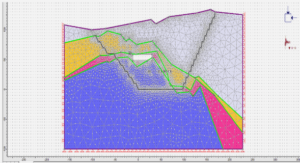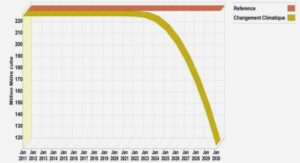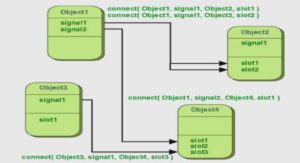It is important to ensure that the results are not dependent on the selected mesh since the number of grid points influences the results. On the other hand, by increasing the number of grid points, the computational time increases. The effect of the number of grid points on the results was investigated and then the coarser mesh which does not significantly affect the simulation results was selected. The mesh is considered not to affect the results if the difference between the results of particle velocity at a specific location and particle deposition of two different meshes is less than 5% (Chen, Yu et al. 2006).
In this study three meshes (coarse, moderately dense, and dense) with different number of cells were created for the duct geometry with an aspect ratio of 1. Simulations were done with these meshes for one selected scenario in which the airflow Reynolds number is 7.36 × 10³ and the particle diameter is 10 µm.
The results showed that among these three meshes, the mesh with 160000 cells was accurate enough for our study simulations (for the duct with the aspect ratio of 1). For the particle velocity comparisons, the particle velocities at three randomly selected points (point 1: x = 1 m, y = 0.05 m, z = 0.15 m, point 2: x = 4 m, y = 0.15 m, z = 0.02 m and point 3: x = 8 m, y = 0.2 m, z = 0.25 m) in the duct were compared between the three meshes. The particle velocities obtained by the three meshes were the same considering 7 digits. For the deposition comparisons, the particle deposition at the duct outlet was compared between the three meshes. The difference in the particle deposition at the outlet between the coarse mesh and moderately dense mesh was 9.66 % while this difference between the moderately dense and dense mesh was 2.69 %. The computation time for the dense mesh was about 2 times longer than the one for the moderately dense mesh. Then, the moderately dense mesh (with 160000 cells) was selected between these three meshes.
For the aspect ratios of 2 and 4, more cells were used because of the larger widths in these two aspect ratios. The mesh used for the duct with the aspect ratio of 2 had 320000 hexahedral cells and the mesh used for the duct with the aspect ratio of 4 had 640000 hexahedral cells. Although element dimensions with a parabolic distribution were used in the width direction. The differences in the element size between the three aspect ratios both near walls and in the center of the duct were small (< 0.3 %).
Aerosol distribution
To simulate the particle deposition behaviour in the duct ventilation system, 1.4 × 105 particles were injected from the inlet in each scenario. As particles move with the airflow, they deposit on the four walls by the diffusional deposition and on the bottom wall in the gravity direction (y = 0) by the gravitational deposition mechanism. To better understand how particles behave in the duct system, we investigated the particle concentration and particle velocity profiles in the duct cross section at a representative distance from the inlet for the ducts .
INTRODUCTION |




